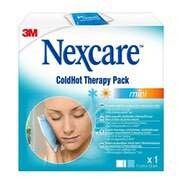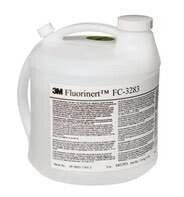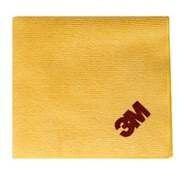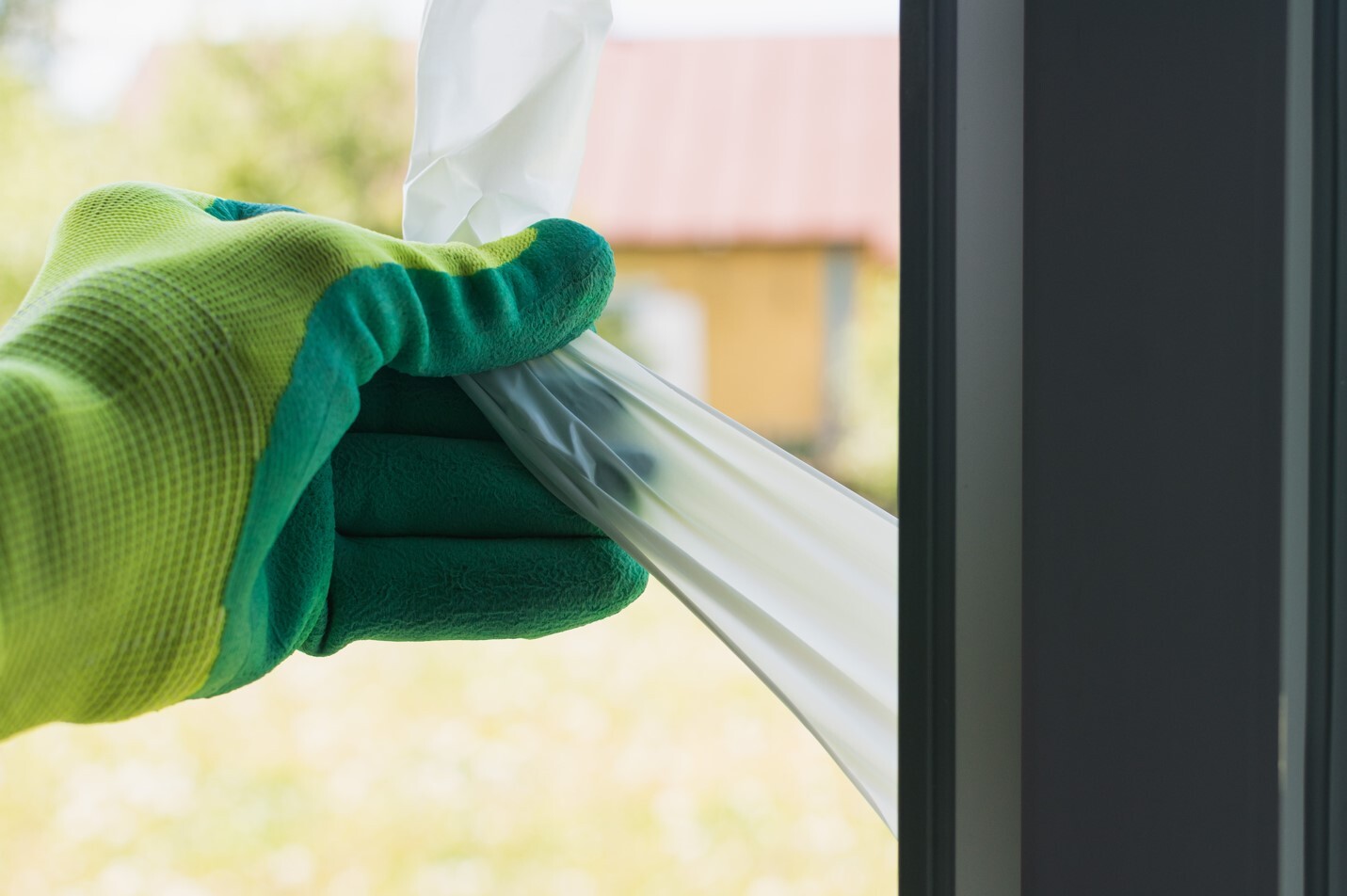Film removal: renewal in a few steps


Films are practical solutions when you want to give a new look to a surface or protect it from external influences. Many different types of surfaces can be covered with films, from graphic films that are a great design element, to car films, glass films, and even plastic films. The film is an excellent and quick solution, but sometimes you want to get rid of it. Why would anyone want to remove a film? How is it done on the car or a glass surface? We have investigated this issue.
People might put a film on their car, window glass, or other surfaces for many reasons. Most often, this layer serves an aesthetic function, but in some cases, it also protects against minor damage and dirt. In the case of window film, for example, the film is very often applied to protect the view. In addition to the practical reasons, it is worth mentioning that graphic films are an excellent marketing tool and a popular choice for companies. Everyone has seen cars decorated with a company logo or a shop window or glass surface made more attractive.
However, over time, films can become damaged or tired, so there is no choice but to remove them. 
What are the reasons for film removal?
In most cases, removing the film is necessary because of minor damages on the surface or because the chosen colour is out-of-date.
Films are typically subject to harsh external influences, sunlight, intense heat, UV, excessively low temperatures, scratching, and other mechanical damage, all of which can deteriorate their general condition. Worn, scratched, or bubbled films are not a pretty sight.
Removal can also be triggered if it becomes apparent over time that the film, such as car film, does not meet legal requirements and should be disposed of as soon as possible. And yes, it may also happen that the film must be removed because something was wrong with the application.
Let's see how to remove the film from your car, glass, or plastic window!
Removing films from cars
There are two ways to remove film applied on the car, one of which is to ask a professional for help, and the other is to do it yourself. For those who choose the latter option, the following steps should be followed with care:
- Firstly, find a point where you can open or break the film. It is advisable to use a tool that can reach under the film without damaging the surface, such as a very sharp and thin blade. If we are lucky, we can pull it off in large chunks. If it doesn't give way so easily, you can use a hair dryer or a heat gun to help melt the glue. If the film burns into it, it's much harder to remove, so it's better to seek the help of a professional rather than use homemade methods.
- The next step is to remove the adhesive. For this, the use of special solvents or heating solutions is advised.
- Finally, clean the surface and make sure that all the adhesive and film residues are gone.
When cleaning, it is advisable to use materials and solvents specifically designed for this purpose. For example, the 3M Film Removal System is a good choice for removing graphic films, and the 3M Scotchcal Film Remover is the best choice for removing vinyl from acrylic enamel surfaces.
Film removal from window glass
Remove film from window glass following the same steps. Start by picking it up at the corner with the use of a sharp and thin tool, with special attention to avoiding damaging the surface. Once the film is off, remove the adhesive residue as described above and finally wipe the glass clean.
Removing film from plastic windows
A common question is how to remove the film from a plastic window. The purpose of the film on a plastic window is to protect the surface from external influences during transport and installation. Scrapers, erasers, heat, alcohol, and special solvents can be used to remove the film.
Expertise. Quality, Flexibility.
More articles
Flanker Plusz Kft.
Contact Details
Boti Street, 100.





























